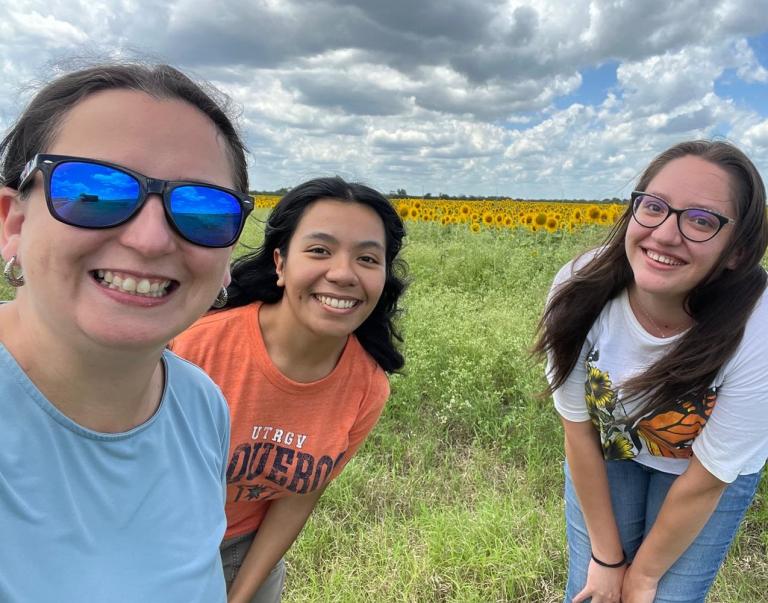Back when Arizona was designated a U.S. territory, scientists had already been exploring its vast landscapes which start from nearly sea level and climb to over 12,000 feet. They were paying particular attention to Arizona’s diverse vegetation and climate.
In 1889, biologist C. Hart Merriam traversed northern Arizona and found six of the seven world life zones he would later describe by latitude and elevation. The existence of such varied life zones across a short distance, and often with just a few hundred feet of elevation change, fascinated scientists. One particular life zone, the extensive stands of ponderosa pine growing at higher elevations from west of Flagstaff, AZ, eastward into New Mexico was particularly interesting to scientists and foresters.
By the turn of the 19th century, a thriving timber industry was rapidly harvesting the large old growth pine, but few new trees were establishing to replace the original ponderosa. In 1903, Gifford Pinchot, the first Chief of the U.S. Forest Service, was asked to investigate the conditions necessary for pine to regenerate and thereby sustain a commercial timber supply.
Pinchot sent Raphael Zon his Chief of Silvics, to the Flagstaff area to locate a site for the agency’s first experimental station. The chosen site was Fort Valley, at the base of the San Francisco Peaks in northern Arizona. Research began in August 1908 with a single scientist named Gustaf A. Pearson – fortunately, he had a passion for ponderosa pine.
From the previous work by Merriam and others, Zon and Pearson knew that climate moderated by temperature and moisture changes with elevation determined where different kinds of trees could reproduce and survive.
Pearson immediately began studies on the regeneration requirements of ponderosa pine and forest type with climate. He set up weather stations in open parks and under forest canopies, and established tree nurseries and plantations to observe the growth and survival of ponderosa pine.
After a decade of study, Pearson and other scientists at the now well established Fort Valley Experimental Forest came to understand the effects of climate and weather on pine establishment, early survival and growth. Thanks to these hard working scientists, 100 years of climate observations are available.
Although modern scientific techniques provide more information on a tree’s genetic potential, field trials like that established by Pearson, are still necessary to determine how climate change affects ponderosa pine and other forest types around the world.


